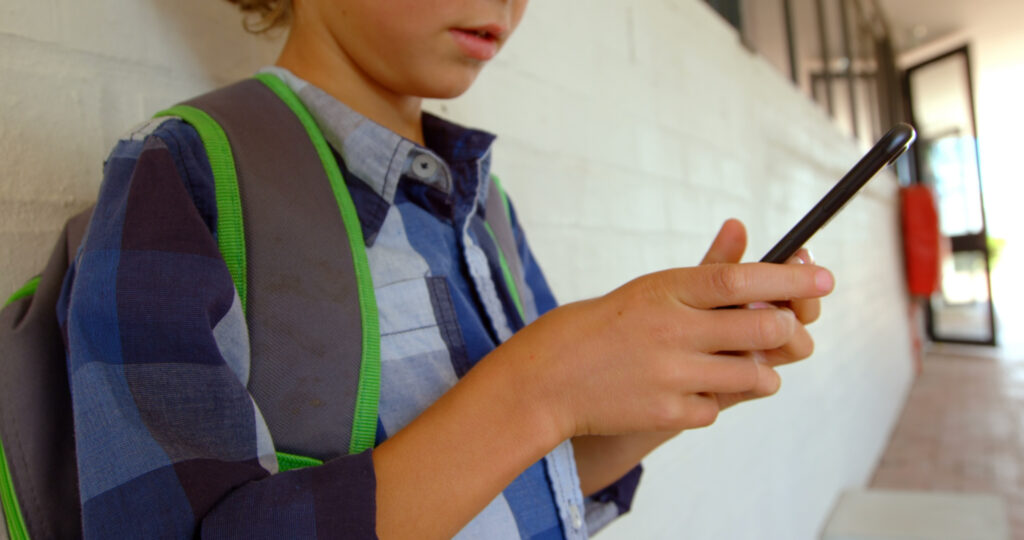PhD Student: Jacquelynn Ennis; Partner: Forward Thinking Birmingham, The Birmingham Women’s and Children’s NHS Foundation Trust; Supervisors: Dr. Victoria Goodyear and Prof. Miranda Pallan; School: School of Sport, Exercise and Rehabilitation Sciences.

The transition from primary school to secondary school represents a significant developmental stage for early adolescents marked by profound changes in emotional and social development, cognitive reasoning and identity formation. For some, this period introduces new challenges in mental health and wellbeing. In 2022, the NHSestimated that 1 in 5 young people between the ages of 11-16 had a probable mental health disorder in the UK, with the transition to secondary school often cited as the onset of many mental health conditions. At the same time, the beginning of secondary school marks the period when nearly all UK adolescents have their ownsmartphones.
The association between smartphone use and mental wellbeing has been a controversial topic for the last decade, with many attributing the declining rates in adolescent mental health during this period to the ubiquity of smartphone use. Some studies highlight negative effects of smartphone use on adolescent development, with gender and age as moderating factors. Conversely, other research points to the benefits of smartphone use for mental wellbeing. Various social media apps can help young people to seek emotional support from friends, deepen social connections, seek information and develop personal interests and identity.
There remains considerable scientific uncertainty about the nature of phone use in adolescents and how this relates to mental wellbeing. This is mainly due to a reliance on cross-sectional data and self-reported smartphone use. The lack of concrete evidence is an issue routinely highlighted by policymakers, professionals, and organisations and contributes to heightened levels of public concern and the implementation of inadequate policies and practices. Through a focus on primary and secondary school transitions, there is an opportunity to increase understanding of how smartphone use and developmental risk and resilient factors interface across this period to influence mental wellbeing.
Research Questions
1. How can valid data about adolescents’ smartphone use be collected?
2. When adolescents transition from primary school to secondary school:
a. Is there an association between mental wellbeing and smartphone use?
b. Which individuals and groups are most vulnerable to poor mental wellbeing across the transition period, and is there an association with smartphone use?
3. How do adolescents explain relationships between smartphone use and mental wellbeing, as they transition from primary to secondary school education?
This project will use a mixed-methods approach, and work in collaboration with the partner organisation, Forward Thinking Birmingham, as part of the BreatheEducation Census. Methods to collect valid data about adolescents smartphone use will be developed. Data will collected from pupils across 2 time points as they transition from year 6 (age 10-11, primary school) to year 7 (age 11-12, secondary school) focused on wellbeing and smartphone use.
The findings of this project will offer valuable insights to educators and mental health professionals, identifying how smartphone use may help or hinder adolescent development. By pinpointing vulnerable groups and their smartphone use, the research will provide strategies for better support for these individuals, reducing negative outcomes. These insights aim to inform schools, policymakers, and organizations, ultimately leading to more effective policies around adolescent mental wellbeing and smartphone use.